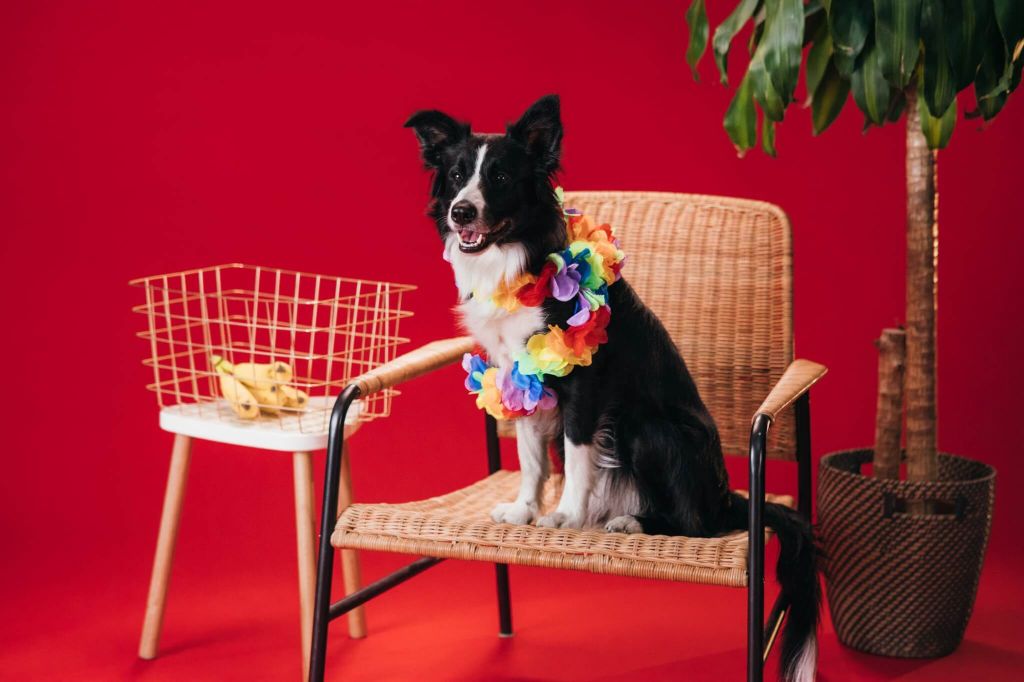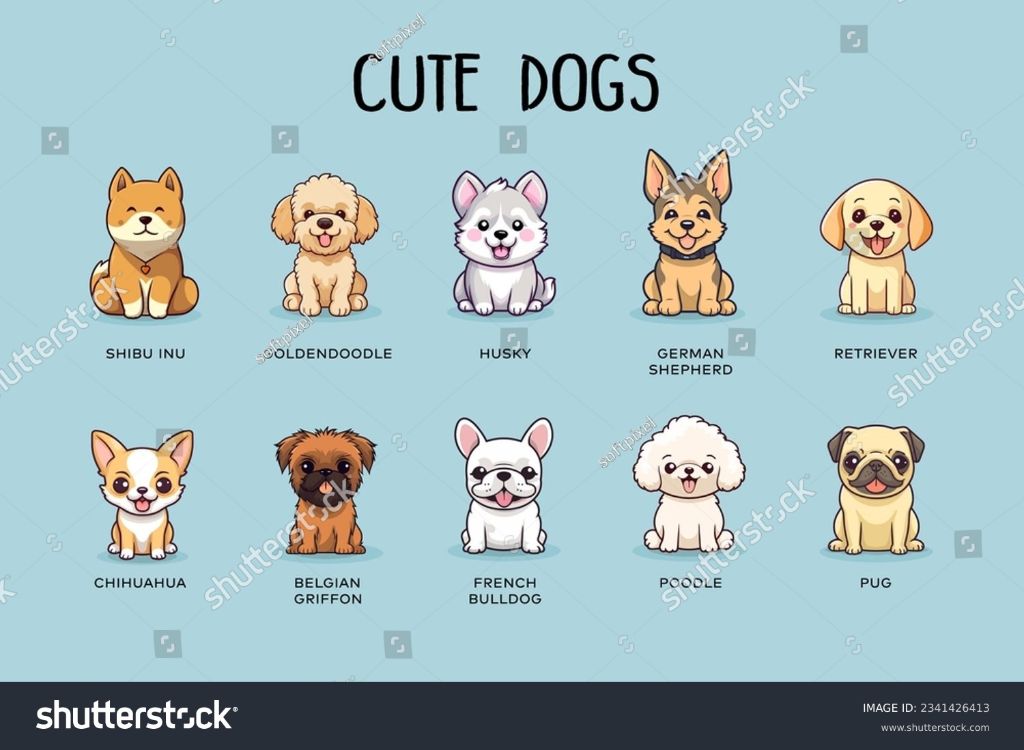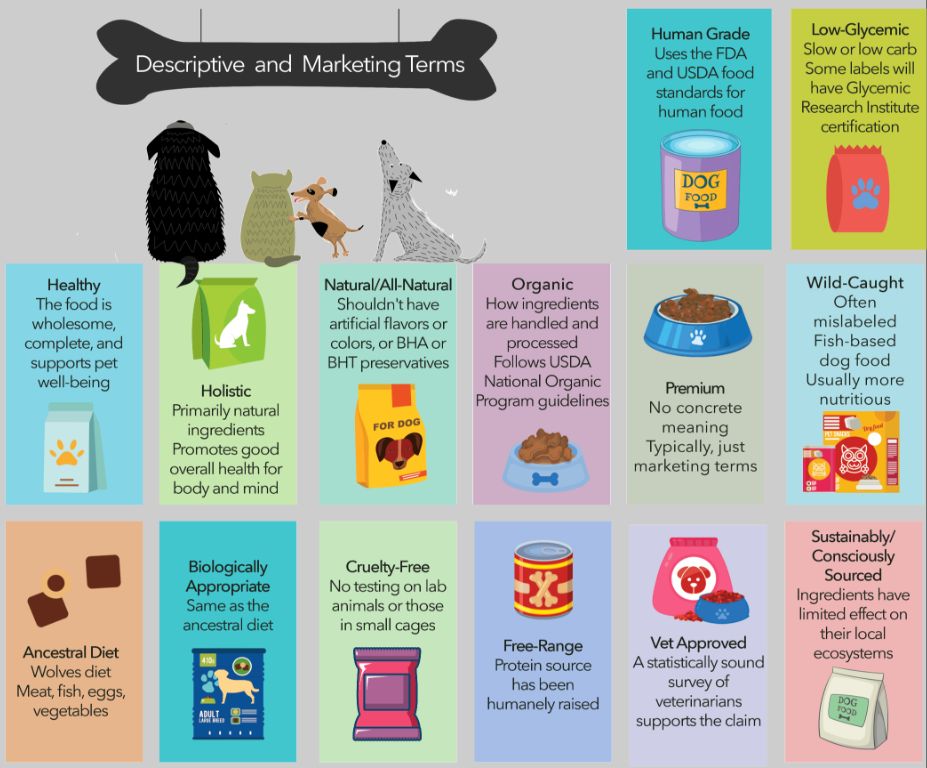Introduction
Beer labels featuring images of dogs have become increasingly popular in recent years. Breweries large and small have released beers with dog labels, appealing to dog lovers and those who find the labels humorous or eye-catching. The tradition of putting dogs on beer labels can be traced back over a century, with early brands like Stroh’s and RCA using bull terriers or dachshunds in their branding. While the choice to use a dog may initially seem random, there are specific reasons brewers have continued to utilize canine imagery. The dog labels usually feature breed themes, tie into local culture, or aim to be conversation starters. They ultimately hope to draw in consumers by making them smile and connect more personally with the brand.
History
The tradition of putting dogs on beer labels emerged in the late 1800s and early 1900s. Many breweries, especially in Britain, started depicting dogs on their labels as a symbol of loyalty and friendship. According to the All About Beer article, one of the earliest examples was Bass Ale’s logo of a hunting dog pointing at a red triangle in 1876.
In the United States, RCA Dog Records released a record in the 1920s showing various dog breeds next to brands of beer they supposedly preferred. This novelty label concept helped further popularize the association between dogs and beer. Some breweries also named their beers after dogs, such as Maryland’s Flying Dog Brewery which released Snake Dog IPA in the 1990s.

Popular Examples
Some of the most well-known beer brands featuring dogs on their labels include Flying Dog Brewery and Dogfish Head. Flying Dog Brewery, located in Frederick, Maryland, is known for using original artwork of a snarling dog breed called Gonzo on their labels. Some of their popular beers featuring this eye-catching canine mascot include Raging Bitch Belgian IPA, Snake Dog IPA, and UnderDog Atlantic Lager.

Dogfish Head Craft Brewery in Delaware also leans heavily into the dog theme, featuring canine-inspired beer names like Dogfish Head 60 Minute IPA, Namaste White, and Slightly Mighty Lo-Cal IPA. The origin of their name comes from a fishing lure called a dogfish, and they’ve fully embraced the dog imagery in their brand identity and marketing. Other noteworthy craft breweries like Good Boy Beer Co. and Citizen Brewing Co. also feature dogs prominently on labeling and tap handles.
Design Elements
The design elements used on beer labels featuring dogs often represent the dog breeds depicted or aim to enhance the overall marketing image. Some of the most common artistic styles include:
– Realistic Renderings: Hand-drawn or photographic portraits that accurately represent the dog breed’s physical features and coloring.
– Cartoon Caricatures: Cute, simplified, caricature-style illustrations of dogs that focus on capturing the personality and charm of different breeds.
– Vintage/Retro: Stylized throwback designs, often with bright colors, that give the label an old-fashioned, nostalgic look.
– Minimalism: Clean, sparse designs featuring simple lines or silhouettes of dogs, sometimes as part of the label border or as a watermark-style image.
Some of the most popular dog breeds featured on beer labels include Golden Retrievers, German Shepherds, Bulldogs, Dachshunds, Beagles, and Pugs due to their widespread familiarity and appeal. Certain breeds may be selected specifically to reinforce the branding image the beer company aims to achieve.
Marketing Appeal
Dogs often have a wide appeal in beer marketing campaigns because they are seen as fun, friendly, and loyal. The association aims to transfer those positive qualities to the beer brand. Some of the most notable examples have been Spuds MacKenzie for Bud Light and the Clydesdales used in Budweiser advertising. Both are breeds known for being gentle despite their large size, which adds to their approachability (Spuds MacKenzie).

Marketers want beer drinkers to feel a connection to the brand that goes beyond the product itself. Showing dogs enjoying the beer creates a lifestyle association, as if drinking this beer means you’ll be having as much fun as the animals in the ads. The friendly dogs also make the beer seem unpretentious and widely appealing rather than snobbish or elite (What do Puppies and Horses have to do with Beer??). Ultimately, the goal is for people to feel like the beer brand is their loyal friend.
Legal Issues
One of the most notable legal issues surrounding beer labels with dogs has involved trademark disputes. In 2021, Flying Dog Brewery filed a lawsuit against North Carolina’s alcohol regulation agency for rejecting a label design featuring a cartoon naked man with a dog head. Flying Dog argued the state’s regulation on label content violated their First Amendment rights. A federal judge agreed, ruling the regulation unconstitutional in May 2022 (source).
Flying Dog has been involved in other disputes related to its longtime canine logo designed by artist Ralph Steadman. In the 1990s, St. Louis based brewery Schlafly Beer sued Flying Dog for trademark infringement over the similarity of their logos. After years of litigation, Flying Dog ultimately prevailed on appeal and kept their trademark (source).
Trademark battles demonstrate how iconic dog images have become valuable branding assets for breweries. Distinctive canine logos help brewers stand out on crowded shelves. However, legal disputes can arise when designs are too similar, underscoring the need for careful trademark research and enforcement.
Consumer Response
Many consumers react positively to beer labels featuring dogs. In one case, Motorworks Brewing produced a series of beer cans with adoptable dogs’ photos and stories on them to help the animals get adopted. According to an article on Packaging Digest, this campaign went viral and helped find homes for many shelter dogs (https://www.packagingdigest.com/packaging-design/beer-labels-to-warm-your-doggone-heart). Consumers appreciated both the clever marketing and the good cause behind it.

However, some consumers argue that dog images on beer labels promote animal cruelty or send the wrong message by associating dogs with alcohol. For example, Flying Dog Brewery faced backlash when North Carolina’s alcohol board rejected one of their labels showing a naked man with a dog’s head, arguing it was in poor taste. As reported by the News & Observer, this sparked controversy among consumers who felt the board overstepped in banning the label on moral grounds (https://www.newsobserver.com/news/state/north-carolina/article254074318.html). Overall, consumer reactions to dog beer labels range from enthusiastic support to ethical objections.
Trends
In recent years, there has been an increase in the use of dogs on beer labels and in beer marketing. Breweries have begun incorporating more breeds of dogs, using multiple dogs on packaging, and making dogs a central theme across product lines. For example, Good Boy Dog Beer features a different dog breed on each beer can. Busch introduced their Dog Brew line of beers with the slogan “Brewed for Dog’s Best Friend,” with labels showing dogs skiing, skateboarding, and playing poker. Flying Dog Brewery has used artist Ralph Steadman’s paintings of dogs on their beer labels since the early 1990s.
There are several reasons for this trend towards more dogs in beer branding. Using a cute and familiar animal makes beer seem more approachable and fun. The loyalty and companionship of dogs appeals to beer drinkers who see the beverage as a means of bonding. In a competitive market, dog-centric brand identities stand out on store shelves. As more breweries enter the industry, dogs provide an easy way to differentiate brands. The rise of craft beer and independent breweries gives companies more flexibility in branding and label art than was previously possible when major breweries dominated.
This trend shows no signs of slowing down. If anything, dogs in beer marketing are more popular than ever. More regional breweries are likely to follow suit by incorporating local dog breeds or shaping brand images around dogs. While not all beer drinkers are dog lovers, the use of dogs on labels and packaging has wide appeal and taps into positive emotions surrounding man’s best friend.
Notable Controversies
Some beer labels with dogs have generated controversy for containing offensive or insensitive depictions. One notable case involved Flying Dog Brewery’s Raging Bitch Belgian-Style IPA. The North Carolina Alcoholic Beverage Control Commission banned the beer’s label in the state in 2009, objecting to the drawing of a female canine in a sexually suggestive posture as well as the word “Bitch” in the name. Flying Dog sued on First Amendment grounds and ultimately won in federal appeals court, establishing stronger free speech protections for breweries. More recently in 2022, Flying Dog brought back Raging Bitch beer for “Free Speech Week” to continue championing free expression.
Other breweries have also faced backlash for insensitive labels, such as Native American-themed imagery that could promote harmful stereotypes. While creativity is valued, breweries must weigh creative license against potential cultural insensitivity. Striking the right balance continues to pose challenges.
Conclusion
In summary, beer labels featuring dogs have a long and colorful history. While they may seem gimmicky, these labels showcase creativity and often push boundaries. Consumers generally respond positively to them as fun, whimsical, and lighthearted. However, some controversial labels have led to legal and ethical debates.
Looking ahead, beer labels with dogs will likely continue to evolve but maintain their appeal. As one analysis notes, recent court rulings striking down restrictive labeling laws may pave the way for more creative and unorthodox designs. At the same time, breweries will need to be mindful of ethical lines and potential offense. Overall, dog-themed beer labels showcase the ongoing fusion of two beloved pastimes – dogs and beer – for the foreseeable future.